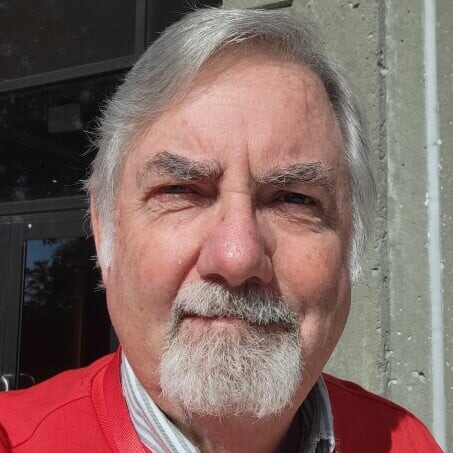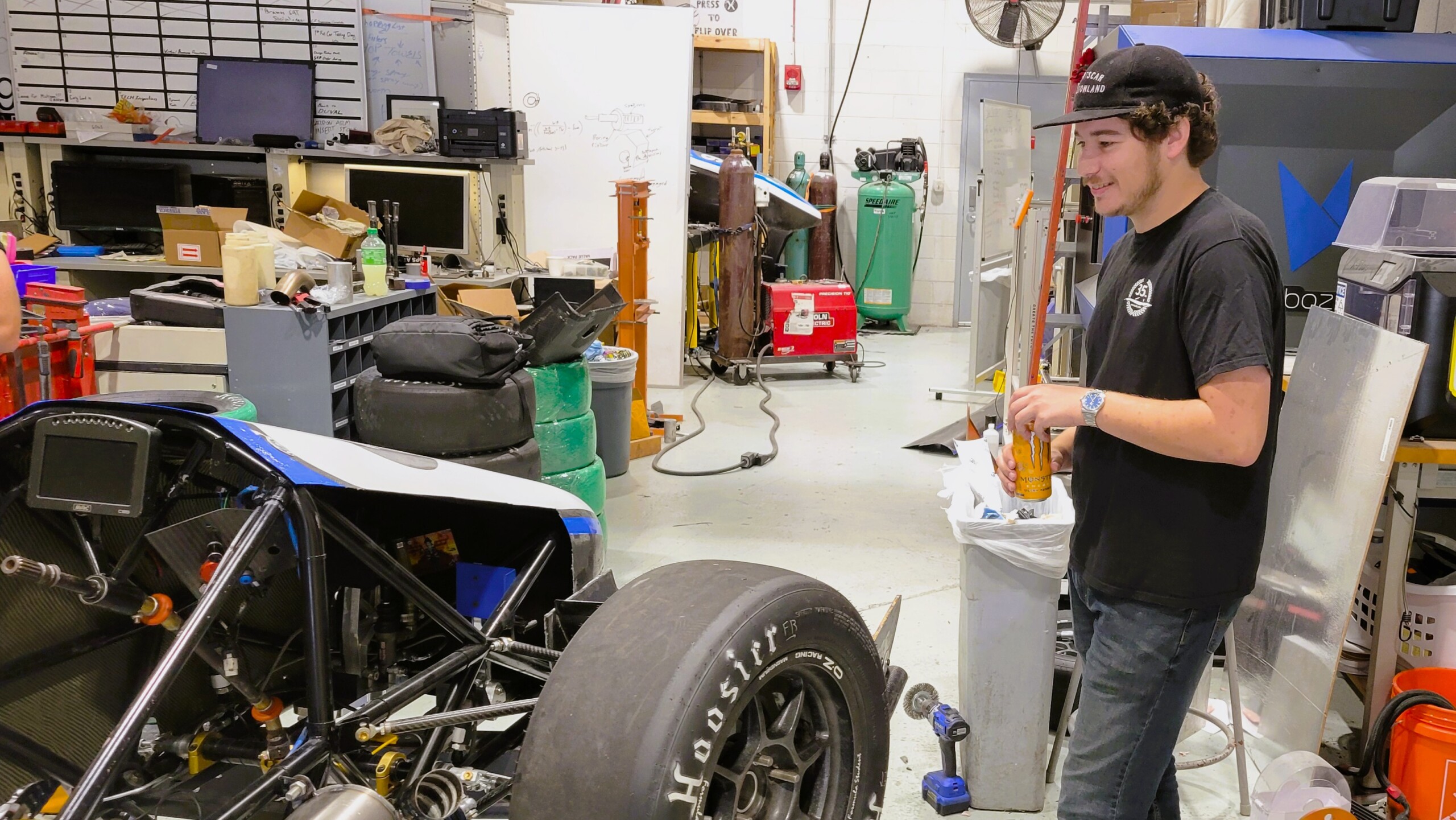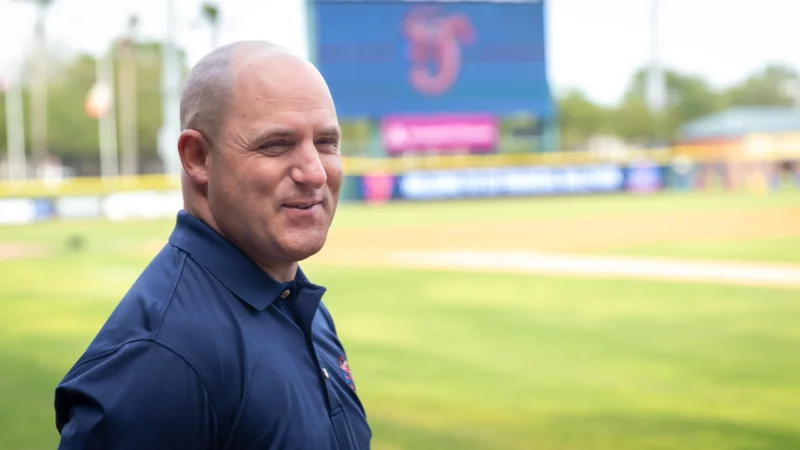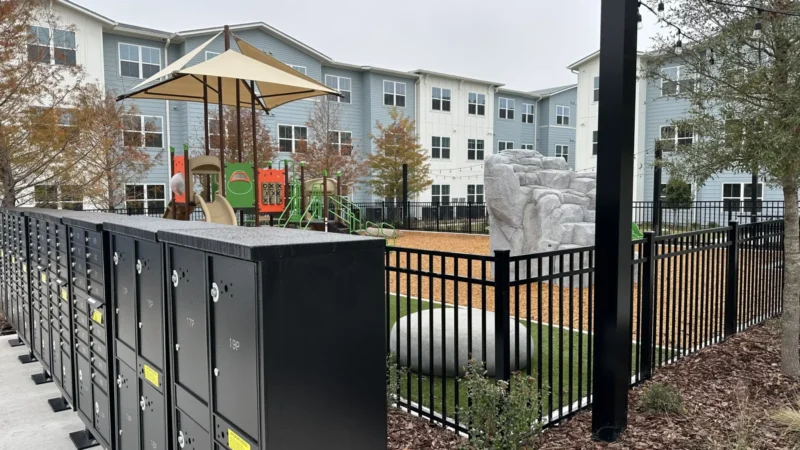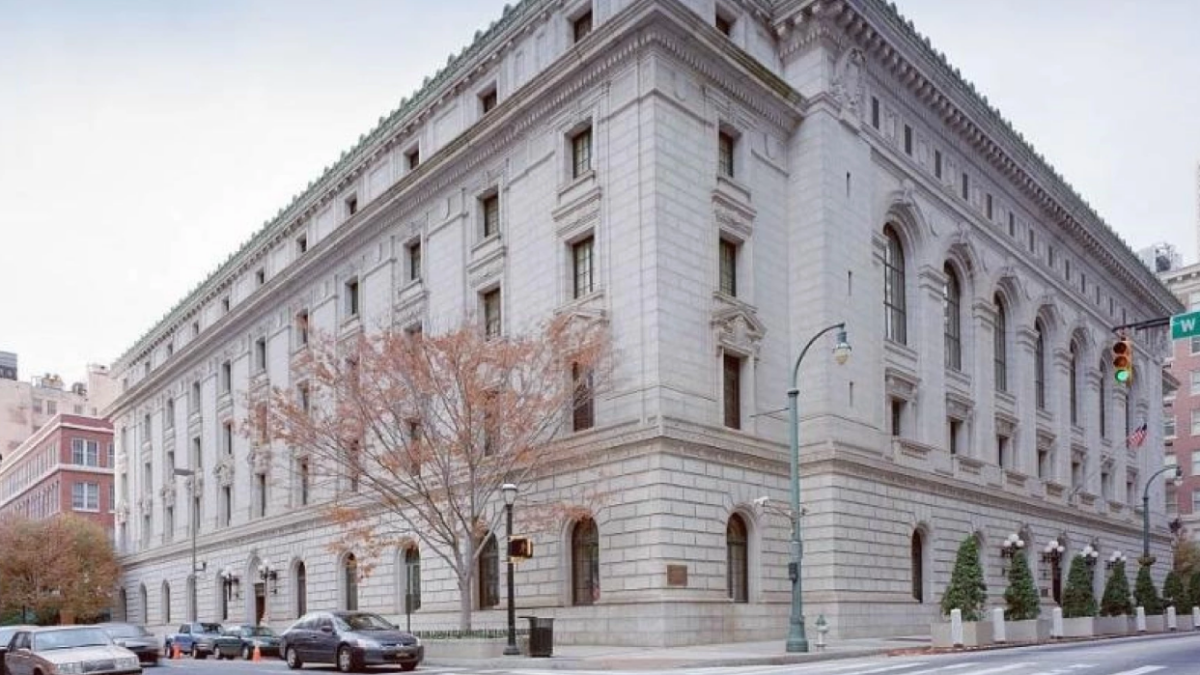Swoopde13 is a stubby race car, just over 100 inches in length from its massive front air dam to its tall rear wing.
There’s room for one University of North Florida Osprey Racing student in the Formula SAE car as it swiftly races into action.
Action is what a 19-member student team from UNF will get this weekened. The car will be one of 109 competing in the Formula SAE International time trials at Michigan International Speedway.
Teams of undergraduate and graduate students from around the world will show off what they designed and built under the watchful eyes of the Society of Automotive Engineers.
As race day approached, Osprey Racing team captain Nathan Stratton joined other students Saturday to reassemble the car in preparation for departure Monday to Michigan. The car was being meticulously prepped after weeks of testing at the parking area of Brumos Collection, its primary sponsor, off San Pablo Road South.
It’s a fun program, said Stratton, a racing fan who graduated last week. But non-gearheads gravitate to Osprey Racing too, he said.
“It is one of the cooler engineering things, and it just happens to be a race car,” Stratton said. “We can benefit from having the best of the best engineering students regardless of what their other interests are. But it’s still a race car — it’s still really, really cool, and that’s good for just getting people in the door, then you sell them on the engineering side of it. Being able to work on something like this is incredibly awesome and gotten people lots of jobs in motorsports.”
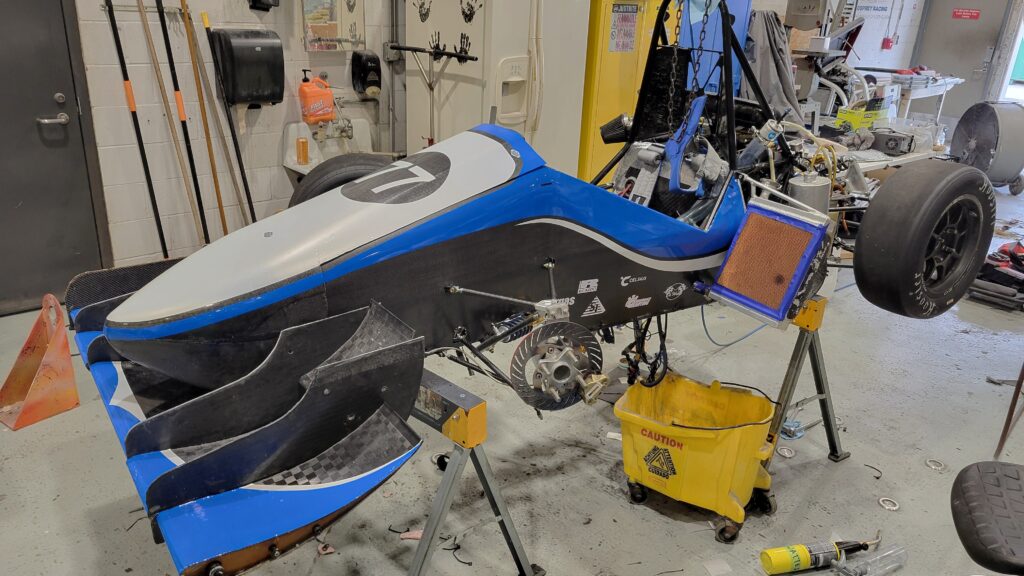
The 120-year-old Society of Automotive Engineers has held Formula SAE competitions for 44 years, tasking university engineering students with designing, building and driving a one-seat race car at competitions all over the world.
This weekend’s competition at Michigan International Speedway will include up to 120 student teams with cars evaluated for production potential. The cars then face inspections, speed-and-handling runs, then a 13-mile endurance test.
Osprey Racing started in 2009 when student Justin Tussey transferred from the University of Central Florida and suggested that his engineering classmates compete in Formula SAE.
Now the men and women who worked all year on Swoopde13 — using newly donated 3D printers to create high-strength pieces, seat molds and other parts — hope what they learn helps with their careers once they fly from UNF at graduation.
The rules they follow from SAE are designed to give them “real-world experience that you might not get in the classroom,” Stratton said. Some past Osprey Racing members now put that experience to work on the classic cars at The Brumos Collection.
“There’s a full design process from start to finish, not just designing it, but also manufacturing it and testing it, then competing to see what it is actually worth, just in one year” he said. “Race cars are a good vehicle to do that because everybody loves to be a part of this. It is easy to get excited about and easy to stay passionate.”
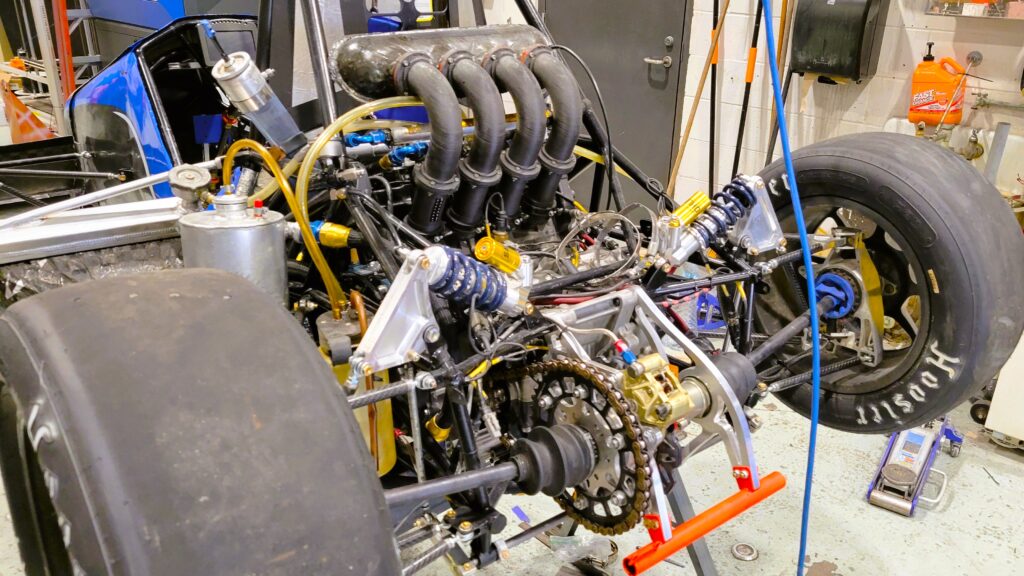
The first Swoopde 13 years ago had a 70-horsepower Honda CBR motorcycle engine inside its 500-pound steel tube chassis. Donations of cash and equipment covered the first car’s $25,000 cost.
The latest car has a lighter Honda CBR 600 RR engine with 75 horsepower, a four-speed sequential gearbox and a full aerodynamic package to aid in downforce in turns. Inside, a carbon fiber racing seat faces a compact rectangular steering wheel with fingertip paddle shifters for quick shifting.
“This year we prioritized on saving weight by switching to carbon fiber suspension control arms, as well as everything in the suspension instead of steel. We made a lot of changes to the frame to cut a lot of weight,” Stratton said. “We added aero a couple of years ago, and now we are finally adding an undertray to it as well, and toned down the front wing a little bit for balance while increasing the overall downforce.”
The team has made steady improvement in years of Michigan competition, which this year requires a $2,800 entry fee.
In 2019, Osprey Racing came in 98th out of 108 competitors. Last year, they had a “pretty good car” that scored higher despite not finishing the endurance round.
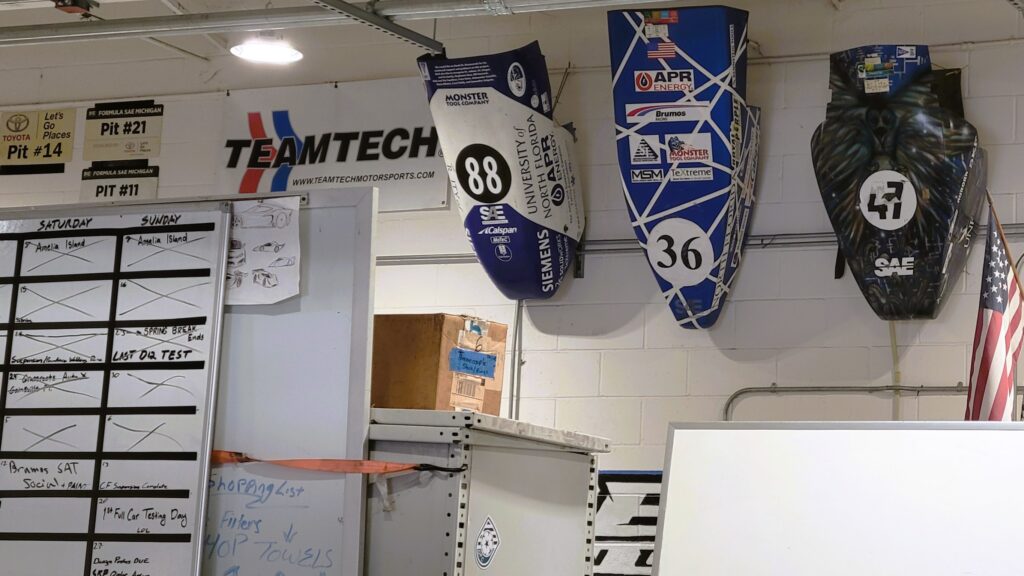
“Otherwise the car performed very, very well, and we had our best score in autocross; performed very well in acceleration and skidpad, so we finished in the 40s,” he said. “So the team came back this year really wanting to just push that last little bit, because last year could have gone so, so well.”
This year, the 109 registered teams range from Arizona State University to the Universidad Panamericana Sede Guadalajar in Mexico. Seventeen teams come from Canada, Mexico and South America, as well as Spain.
The schedule shows that the car design and cost presentations will be Thursday, then practice and initial driving, handling and braking tests on Friday. The cars will face the race track for endurance and fuel economy sessions on Saturday. Awards ceremonies will be Saturday.
For information on Formula SAE and this weekend’s competition, go here.
